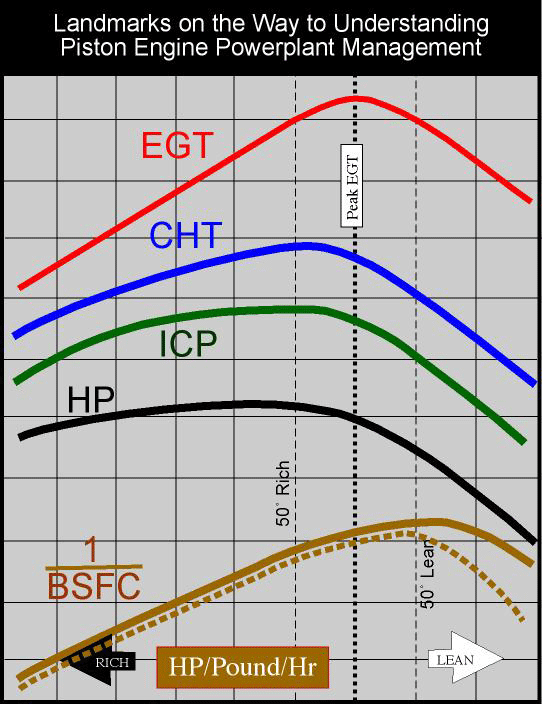Saving fuel
Hi Steve
I have an ECI IO 375 with Precision FI, dual Slick mags, and a coarse, fixed pitch prop on my 7A with 120 hours TTSN. This is my first injected engine, and until I learned how to start it (my procedure and results are similar to Russ's description), I considered swapping it for a carburetor. I get the same consumption and performance numbers as Russ (although I have to confess my speeds are in MPH, not knots). My flying is a mixture of 3-4 hour cross country legs around 10,000', and short hops to neighboring strips.
Even though I (now) like my FI engine, and will get another if the opportunity arises, I would not change a carb to FI on a flying aircraft as the cost and time to change two fuel pumps, fuel line plumbing, intake manifold, cowl, and possibly throttle, mixture, and exhaust will suck up time and money better spent on flying.
I am also very conscious of fuel costs, and recommend the following to maximize the efficiency of these excellent planes:
-Slow Down. Most RV'ers cruise well above the best range power setting. I typically set power at 50% for long distance and local flights following climb or takeoff. According to my EFIS, my economy tops out at 30 mpg at about 40% LOP, however the plane feels better at a 50% power setting which yields 28 mpg. (avoid continuous low power settings until your engine is completely broke in) My hanger neighbor has a Rocket, and jokingly complained it is hard to build time on the machine because it gets everywhere so darn quick!
-Lean aggressively by ear at low power settings. Your engine does not care about altitude, only manifold pressure. For short hops I take off with full power ROP, reduce throttle to 60% power at 1000', lean until the onset of roughness, then enrich until roughness goes away. This results in happy engine monitor readings, and about 50% power at 7.0 gph. I can fine tune the power down to about 6 gph if I care to fly as slow as a Cessna 182.
-Try running premium automotive fuel if possible in your circumstances. I am a believer in mogas, and would run some even if it were the same price as avgas. With my compression ratio I run straight avgas in one tank for take off, and also to manage the risk of vapor locking I experience on mogas in warm weather with just the engine driven fuel pump running. In my area, mogas runs about 2/3 the cost of 100LL, and it is better for spark plugs, valve train, and the environment.
-Consider one of the electronic ignitions which save fuel by advancing ignition timing at low power settings, and also by providing a better spark which allows your engine to run leaner before the onset of roughness. I researched 5 good systems and spoke to owners to determine the system I like best, and have this as my next planned upgrade






